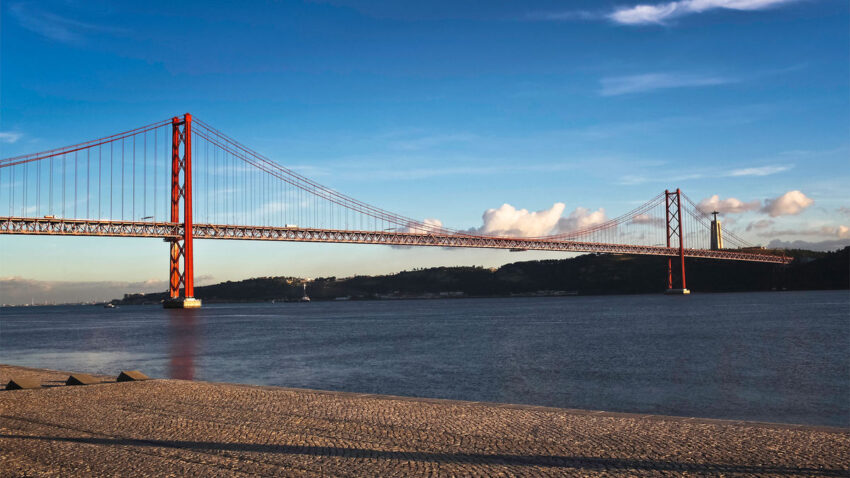Back in the day, when I was a young adult traipsing around Europe with a camera and a map (remember those?), there were certain rules we budget-strapped travelers all knew: Paris, London and Rome were iconic and posh, but Portugal was the place to go to stretch your tourism dollars.
In the intervening years, as the demographic of the American traveler has changed, so has the destination, refining its offerings to appeal to a more sophisticated market with a range of tastes.
Lisbon, in particular, the country’s capital, is looking to woo visitors this fall with a host of luxury experiences curated by its tourism board, Turismo de Lisboa.
At the top of the list for travelers who equate luxury with fine dining is the city’s foodie scene. At last count, there are seven Michelin-starred restaurants in or near the city, not to mention scores of century-old taverns and up-and-coming offerings by emerging chefs.

Part of the reason for that is the city’s location on both the Atlantic Ocean and the Tagus River (Tejo in Portuguese), where fish and shellfish are abundant and star in many culinary offerings.
Drinking in the wine culture
Another local specialty is the traditional ginjinha, a drink made from sour cherries and often taken as an aperitif or digestif.
Or immerse yourself in the local wine culture, with a choice of experiences, from in-city wine tastings to daytrips to nearby wineries. For example, explore the wine region of Arrabida in Setubal, 45 minutes away from the city center, where you can learn about the fascinating history of the area, taste wines and gourmet products of the region and explore Livramento Market with its sprawling varieties of fresh fish, fruit and vegetables, bread, cheeses and regional pastries.
Or sample local wines aboard a sunset sailboat cruise on the Tagus, enjoying the views of Torre de Belem, Lisboa Cathedral and Castelo de Sao Jorge along the way.
Art and the art of shopping
Meanwhile, art lovers can take in the Museu Nacional do Azulejo, located in the Madre de Deus convent and dedicated to the history of Lisbon’s distinctive, colorful tile that has characterized the beauty of the city’s architecture since the 15th century. You can even take part in a tile workshop to learn what goes into crafting the pieces — and take the tile home as a souvenir.
Born to shop? Lisbon doesn’t disappoint, with its multiple shopping districts, including the Avenida da Liberdade, inspired by Paris’ Champs-Elysees. This avenue, lined with acacias and palm trees, features a mile and a half of luxury international firms, jewelry stores and national designer brands.
Or go local and search out independent designer stores and traditional artisan markets.
You could spend an entire afternoon wandering through the Principe Real neighborhood, also known as the Embaixada, which houses the 19th-century Ribeiro da Cunha Palace. Architecture and design buffs can appreciate its Arabic and art nouveau-inspired details, stroll the gardens, dine or have tea at a number of venues and shop for small luxury brands.
Where to stay in Lisbon
As to high-end accommodations, the numerous offerings include the Four Seasons Hotel Ritz Lisbon, which first opened its doors in 1959 and recently underwent extensive renovations and remodeling for the first time in its 60 years of service.
The renovation preserved the property’s historical architecture and design, while reinventing its interior with a contemporary touch under the direction of Portuguese architecture studio Oitoemponto and design duo Artur Miranda and Jacques Bec.
Amenities include a heated outdoor pool and outdoor bar; the rooftop fitness center; the Ritz Spa; an indoor pool; a Michelin-star restaurant, Cura; a storied art collection; marble bathrooms; and state-of-the-art technology.

